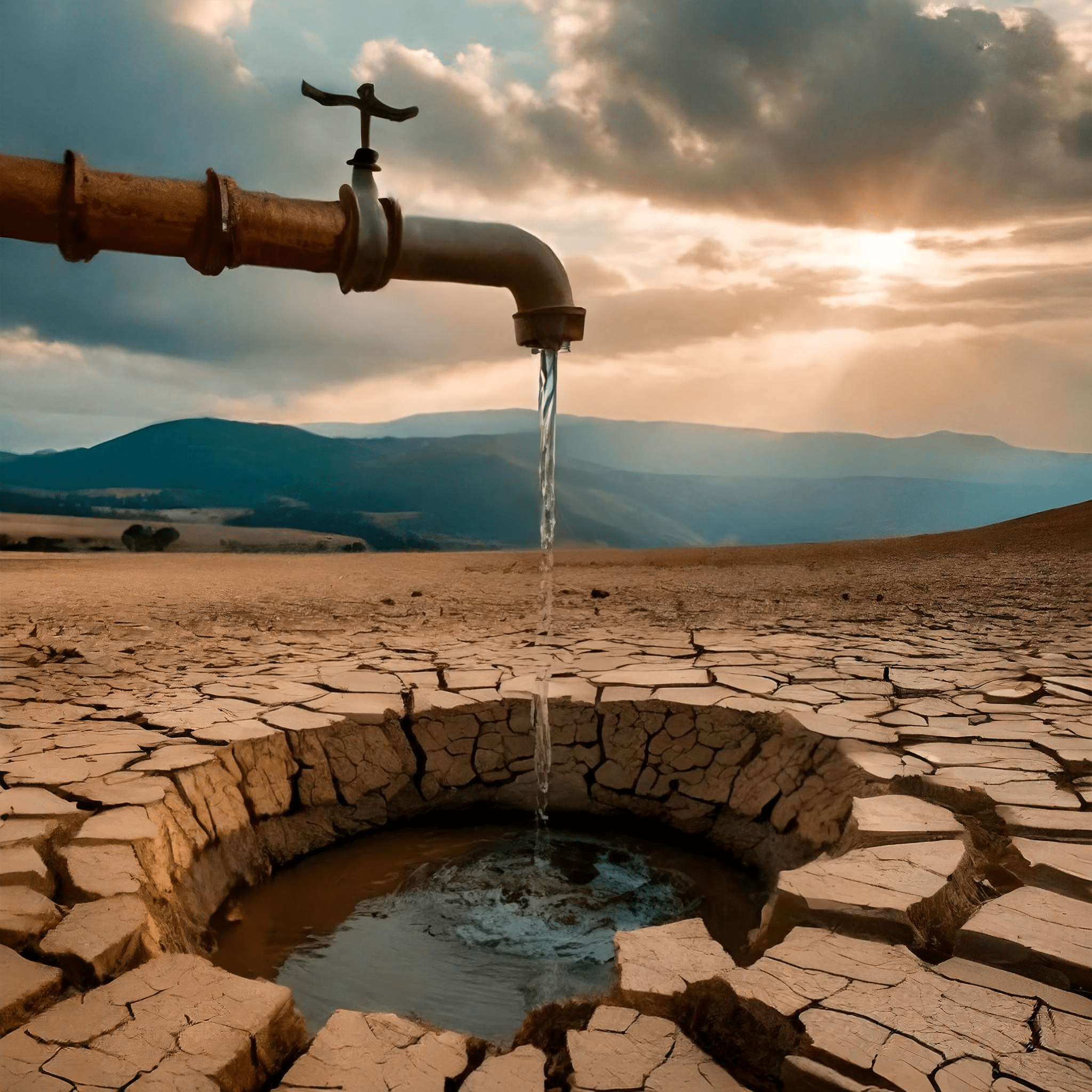Impact of Water Table Fluctuations on Well Performance
According to the U.S. Geological Survey (USGS), water table fluctuations are a primary environmental factor that significantly influences well yield and water pressure. Drought conditions and periods of low rainfall lead to lowered water tables, reducing groundwater availability and affecting well performance. Conversely, heavy rainfall events can temporarily enhance well yield and pressure by raising the water table.
Role of Aquifer Characteristics in Well Yield and Pressure
The USGS also explains that aquifer characteristics, including porosity and permeability, play a critical role in determining the yield and pressure of wells. Aquifers with high recharge rates and favorable geological properties facilitate better water flow, improving well yield and pressure. However, these characteristics also make aquifers vulnerable to over-extraction and environmental changes, leading to decreased groundwater levels and adversely affecting well performance.
Geological Factors Influencing Well Efficiency
Additionally, the USGS highlights geological factors as critical determinants of well yield and pressure. The geological composition around a well, including the type of rock and sediment layers, affects how easily groundwater can flow. Wells situated in areas with more permeable geological formations experience higher yields and better pressure due to the more efficient movement of groundwater through these materials.
Seasonal and Climatic Variations Affecting Groundwater Levels
Finally, the USGS notes that seasonal and climatic variations are significant environmental influences on groundwater levels, thus impacting well yield and water pressure. Seasonal weather patterns, such as droughts, can reduce groundwater recharge. Moreover, long-term climate changes may alter precipitation and evaporation rates, influencing groundwater availability and well functionality.
Your Low-Yield, Low-Pressure Well Solutions Partners
These insights from the U.S. Geological Survey underscore the complexity of environmental factors influencing well yield and water pressure, highlighting the importance of sustainable water management and well maintenance practices to mitigate potential adverse effects.






